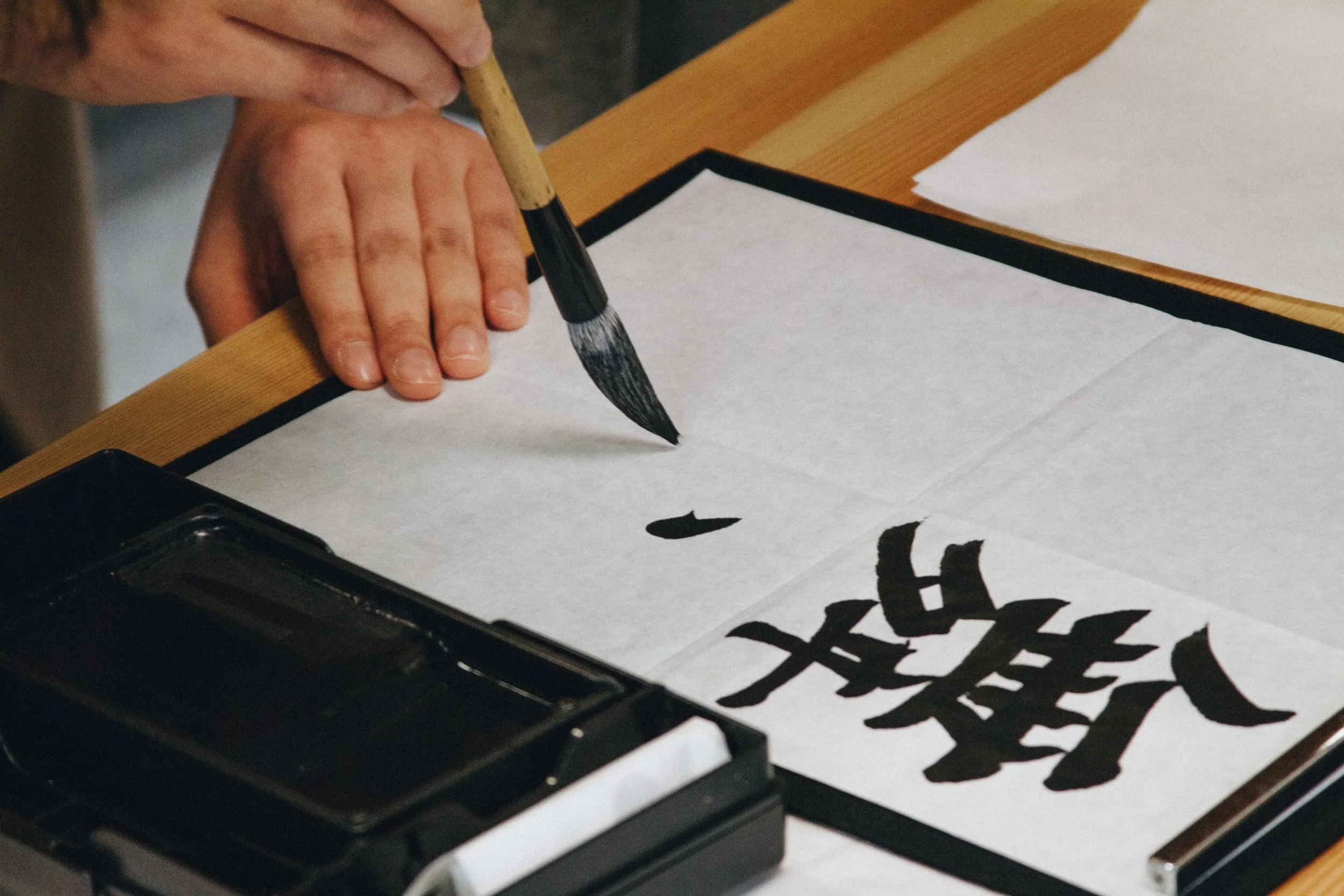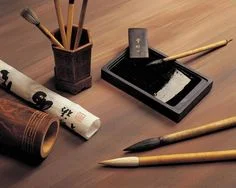Shodo - Japanese Calligraphy
Shodo means the “way of calligraphy,” and it's one of the most respected Asian fine arts. Painted with brush and ink, Japanese calligraphy uses centuries old kanji (“Chinese characters”), which due to their pictographic nature have similarities to abstract expressionism. Balance, grace, dignity, vibrant movement, and the beauty of line, combine to create a dynamic ink painting of the mind admired by people worldwide.
These days, most Japanese use pencils, ballpoints, or felt-tip pens to write letters and other documents. But the art of shodo remains a traditional part of Japan's culture. Works of calligraphy are admired for the accurate composition of their characters, of course, but also for the way the brush is handled in their creation, the shading of the ink and the balanced placement of the characters on the paper.
Health benefits of shodo: Zen calligraphy is practiced by Buddhist monks. To write Zen calligraphy with mastery, one must clear one's mind and let the letters flow. Shodo is one form of Zen practice, a form of Japanese meditation. It is to transfer your spirit, soul, harmony and beauty to paper. Meditation leads to reduced stress, improved concentration, increased happiness and slows aging.
The art of shodo originated in China and came to Japan in the sixth or seventh century, along with methods for making brushes, ink, and paper. In those days, calligraphy was an essential part of the education of members of the ruling noble families. But as time went by, the art spread among the common people as well. Nowadays calligraphy is not just an art form to be admired, people use it to write New Year's cards and in other situations in their daily lives.



